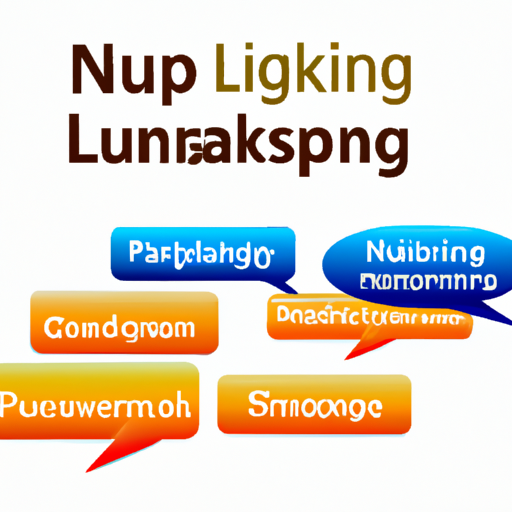As we step further into the digital age, 5G technology is at the forefront of transformative innovations, promising to revolutionize the way we connect, communicate, and interact with our devices. This next-generation mobile network offers unprecedented speeds, higher capacity, and ultra-reliable low latency, setting the stage for a myriad of applications and advancements.
What is 5G Technology?
5G, the fifth-generation technology standard for mobile networks, is designed to be faster, more efficient, and capable of supporting the growing demands of modern connectivity. Unlike its predecessor, 4G, 5G uses a new radio technology, millimeter waves, and a broader spectrum of frequencies to enhance performance significantly.
Benefits of 5G Technology
- Faster Speeds: 5G can provide speeds up to 100 times faster than 4G, making downloads, video streaming, and online gaming smoother and quicker.
- Enhanced Capacity: With the ability to connect a vast number of devices simultaneously, 5G is poised to support the growing ecosystem of the Internet of Things (IoT), where everything from appliances to vehicles can communicate effectively.
- Lower Latency: The reduced latency in 5G networks (as low as 1 millisecond) opens up possibilities for applications such as remote surgery and autonomous vehicles, where real-time communication is critical.
5G and Innovation
The advent of 5G technology is expected to fuel innovation across various sectors:
- Healthcare: Real-time data sharing and telemedicine applications will become more efficient, leading to improved patient care.
- Smart Cities: The integration of 5G into urban infrastructure will facilitate improved traffic management, energy efficiency, and public safety.
- Entertainment: Enhanced experiences for augmented reality (AR) and virtual reality (VR) applications, offering consumers immersive content like never before.
The Future of Telecommunications
Telecommunication companies worldwide are investing heavily in 5G infrastructure, recognizing its potential to reshape industries and improve quality of life. As 5G networks continue to roll out globally, the possibilities appear limitless, making it an exciting time for both consumers and businesses.
Conclusion
5G technology is more than just a step up from previous generations; it’s a technological leap forward that promises to revolutionize how we connect with the world. With its wide-ranging applications and enhancements, 5G is set to usher in a new era of connectivity and innovation that can impact almost every aspect of our lives.
Stay tuned for more updates on the latest developments in 5G technology and its impact on our future!













